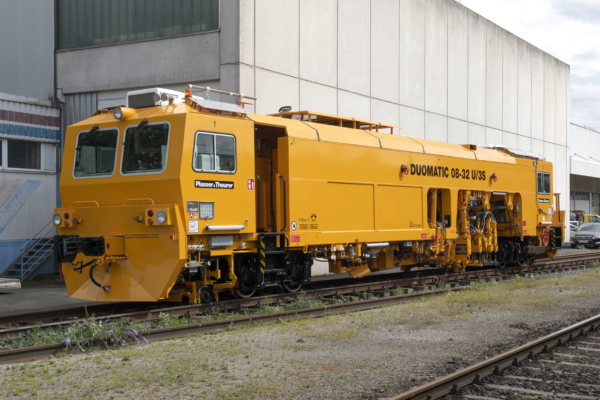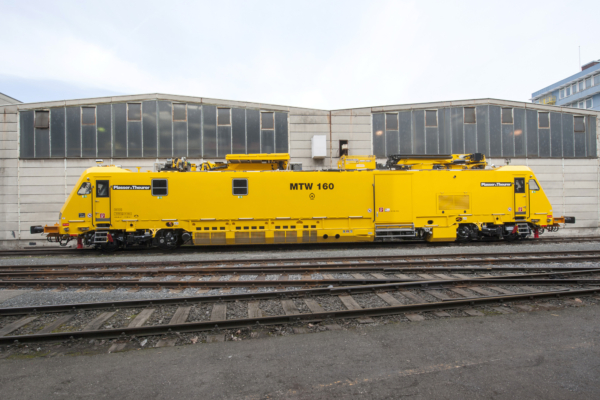 today 138
today 138

Mag. Michael Zimmermann
Project manager at go-international, Netzwerk Projekte International (NPI) AUSSENWIRTSCHAFT AUSTRIA
The World Bank is said to be the mother of all development banks. More specifically, it consists of a group of institutions, namely The World Bank, the International Bank for Reconstruction and Development (IBRD), and the International Development Association (IDA). They grant loans and non-repayable subsidies. It also includes the International Finance Corporation (IFC), the Multilateral Investment Guarantee Agency (MIGA), and the International Centre for Settlement of Investment Disputes (ICSID).
With its headquarters in Washington D.C. and a global network of around 130 offices, the World Bank has excellent local connections around the world and is always in close contact with its borrowers - from Afghanistan to Zimbabwe.
By its own account, it is the largest partner for development financing in the transportation sector. Over the last decade, the World Bank has committed USD 49 billion to 339 transport projects in 93 countries worldwide. The objective is to support partner countries in establishing safe, clean, and efficient transport infrastructure.
This is done by providing loans, grants, advisory services, and by sharing knowledge. Every year, the bank produces approximately 70 analytical reports and provides advisory services for the transportation sector. This wide array of reports and services include topics such as transport decarbonisation, sustainable mobility for everyone, rural mobility, human capital, gender, and climate change.
Large-scale projects such as the Metro project in Quito, Ecuador, stand out in particular: development banks financed nearly half of this project, which has a total volume of USD 1.7 billion.
With regard to the World Bank’s development goals, the Metro project puts great emphasis on reducing the negative impacts of climate change, human development, and social inclusion.
In addition, the World Bank implements multi-stakeholder initiatives, such as Sustainable Mobility for All or Africa Transport Policy Program. This is to improve coordination and cooperation between different stakeholders.
Because of the necessary financing volume and in view of its significance for sustainable development, transportation remains a top priority sector for the World Bank.
This is why the Austrian Economic Chambers in cooperation with the World Bank, the Federal Ministry of Finance, and the Austrian Society for Traffic and Transport Science (ÖVG) organises an annual railway sector workshop. Its aim is to generate discussions on this topic together with the private sector as an important driving force.
Economic growth in Asia’s emerging markets and in its urban population, which grows by 44 million people each year, has led to a rising demand for sustainable mobility and transport solutions throughout the region. The Asian Development Bank’s (ADB) countries of operation range from the Black Sea to the Pacific, and its members can draw on the bank’s financing and expertise. It is an important player that encompasses 68 members, of which 49 are from within Asia and the Pacific. Several European countries, the USA, and Canada are also members of the ADB.
Projects from the transport sector receive the most funds by far, and they encompass everything from road, rail, and underground railways to ports and vehicles.
The ADB’s objective is to make transport sustainable. It focuses on safety, urban transport, reducing greenhouse gas emissions, and cross-border logistics. The Bank is also actively involved in numerous partnerships for sustainable transport, such as the International Union of Railways (UIC).
Project financing in the transport sector takes place with both public partners and the private sector (non-sovereign) and includes roads, airports, and rail projects.
The ADB is also involved in processing data and knowledge. It recently published the Asian Transport Outlook (ATO) to demonstrate how progress made in the transport sector aligns with the Sustainable Development Goals (SDGs) and the Paris Agreement. The ATO is a valuable source of information that documents institutional frameworks, national policies, and financing of transport using more than 400 indicators from 51 countries.


As part of the CAREC Corridor 2 electrification project, financed by the ADB, two Plasser & Theurer tamping machines were delivered to O’zbekiston Temir Yo’llari (UTY), the national railway in Uzbekistan, last year. The total volume of the project amounted to nearly USD 180 million. The ADB provided USD 80 million, a significant contribution to economic growth and prosperity in landlocked Uzbekistan.
Specifically, the CAREC Corridor 2, which is a 145 km long line that connects the cities Pap, Namangan, and Andijan, was electrified. The Central Asia Regional Economic Cooperation (CAREC) program is a partnership of 11 Central Asian countries: Afghanistan, Azerbaijan, the Republic of China, Georgia, Kazakhstan, the Kyrgyz Republic, Mongolia, Pakistan, Tajikistan, Turkmenistan, and Uzbekistan. They work together to promote economic growth and fair trade. A functioning railway infrastructure is key. Supporting this program with high-quality track maintenance machines is of major importance to Plasser & Theurer.



In 2008, the World Bank approved and financed the ShiZeng Railway project. The objective was to construct a 355 km long high-speed line between the cities Shijiazhuang and Zhengzhou. Maintenance was another defined objective of this project, which is of decisive importance for high-speed lines. To that end, Plasser & Theurer and its Chinese consortium partner, the company KCRC, supplied twelve fast intervention vehicles for the overhead line in 2014 and 2015.
